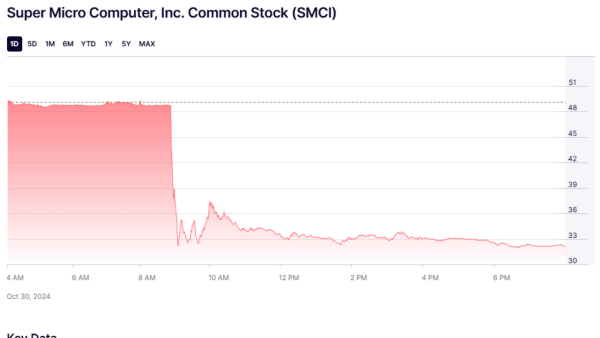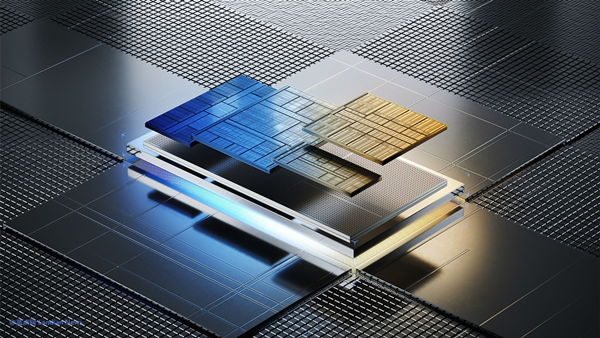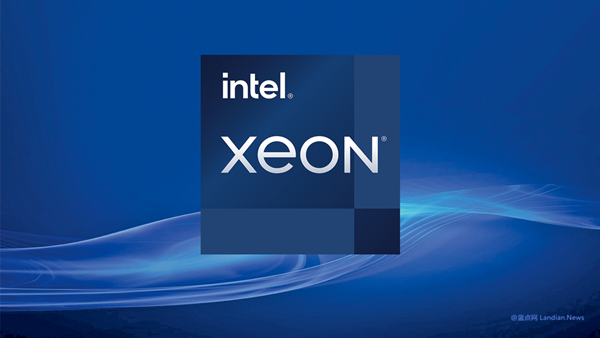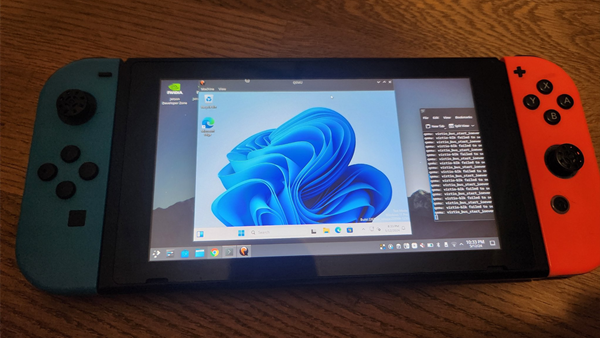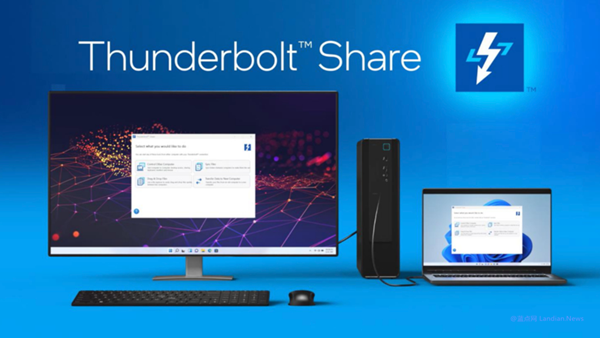Arm's Ambitious Goal: Over 50% Windows PC Market Share in Five Years
At the 2024 Taipei International Computer Show, Arm's CEO made a bold statement, aiming to secure over 50% of the Windows PC market share within the next five years, signaling a significant shift away from the traditional AMD and Intel x86 stronghold.
Qualcomm CEO Cristiano Amon echoed this sentiment during a media Q&A session, acknowledging the ambitious target. Despite varying opinions among OEMs, some plan to increase the shipment rate of Arm chips to 40%-60% within the next three years. This indicates that more than half of these OEMs' Windows PCs could transition to Arm processors, potentially marking explosive growth for the Windows on Arm ecosystem.
Amon highlighted Microsoft's Copilot+PC, a system integrating artificial intelligence with PCs, suggesting its adoption could be rapid due to its potential to boost productivity. He noted that usually, the transition to new Windows versions takes years, citing continued use of Windows 10 and even Windows 7 in some enterprises. However, the efficiency gains from AI integration could change this.
Meanwhile, Intel unveiled its Lunar Lake series mobile processors at the same event, targeting notebooks and tablets with built-in NPU units capable of supporting Microsoft's Copilot+PC certification.
Intel emphasized its intention to challenge the narrative of Arm's efficiency supremacy, asserting that x86 architecture can also achieve high performance with low power consumption. The efficiency of Arm processors, which significantly reduces power usage without compromising performance, is crucial for mobile devices.
Recognizing the traditionally high power consumption of x86 processors, especially for AI computing tasks that could leverage an NPU unit, Intel's Lunar Lake focuses on significantly enhancing efficiency and reducing power usage. The series departs from supporting hyper-threading, which Intel suggests will be utilized where it makes sense, deeming it unnecessary for notebooks.
The Lunar Lake processors utilize a 4P+4E core configuration, with E cores potentially outperforming P cores at certain frequencies. Thus, the processor aims to run as many tasks as possible on E cores unless high frequency is required, as determined by the Thread Director. This approach aims to balance performance needs with energy savings, improving battery life during intensive computing tasks.
Intel's announcement of the Lunar Lake series highlighted the introduction of an NPU with up to 48 TOPS of computational power, although it was unclear if this peak performance is exclusive to high-end models or standard across the series (unlikely, given Microsoft's minimum requirement of 40 TOPS for Copilot+PC).

